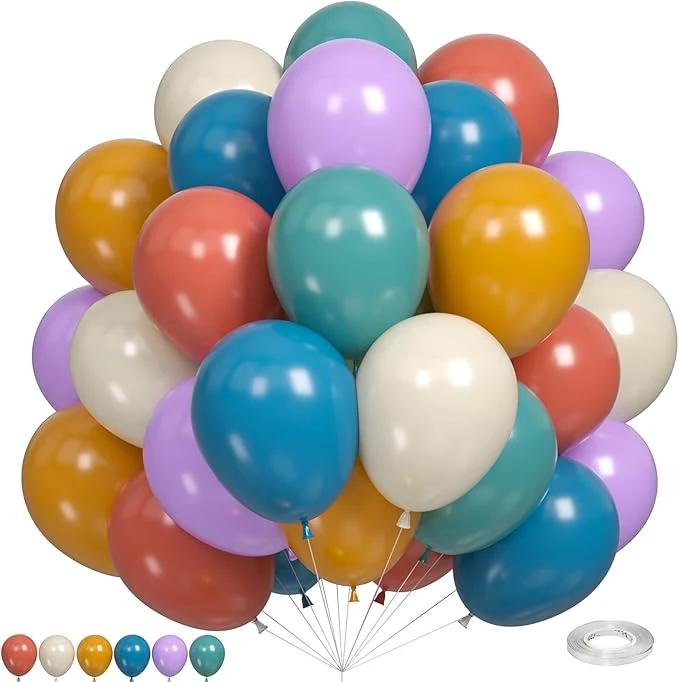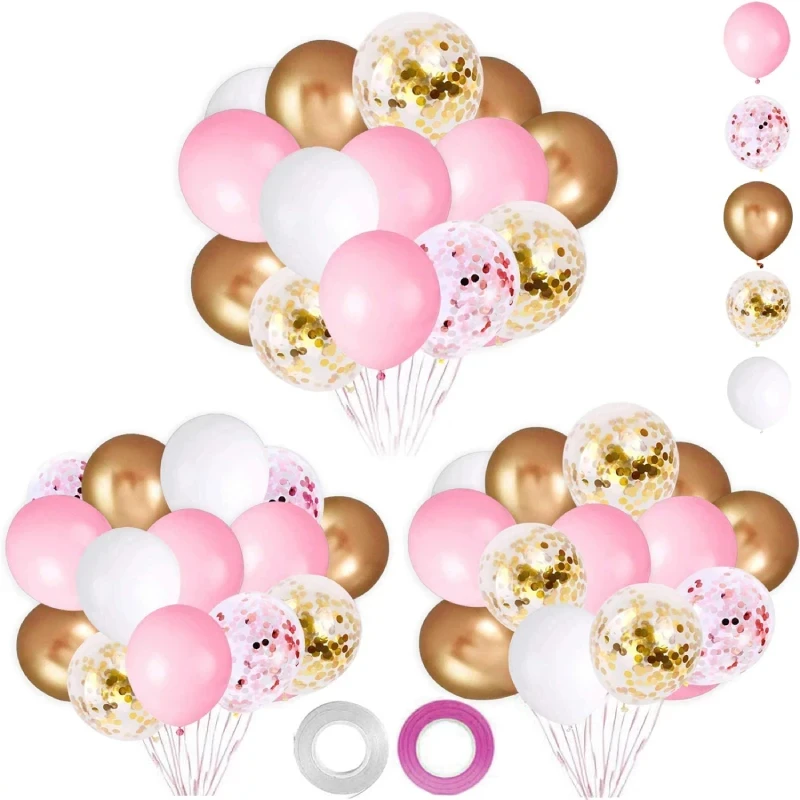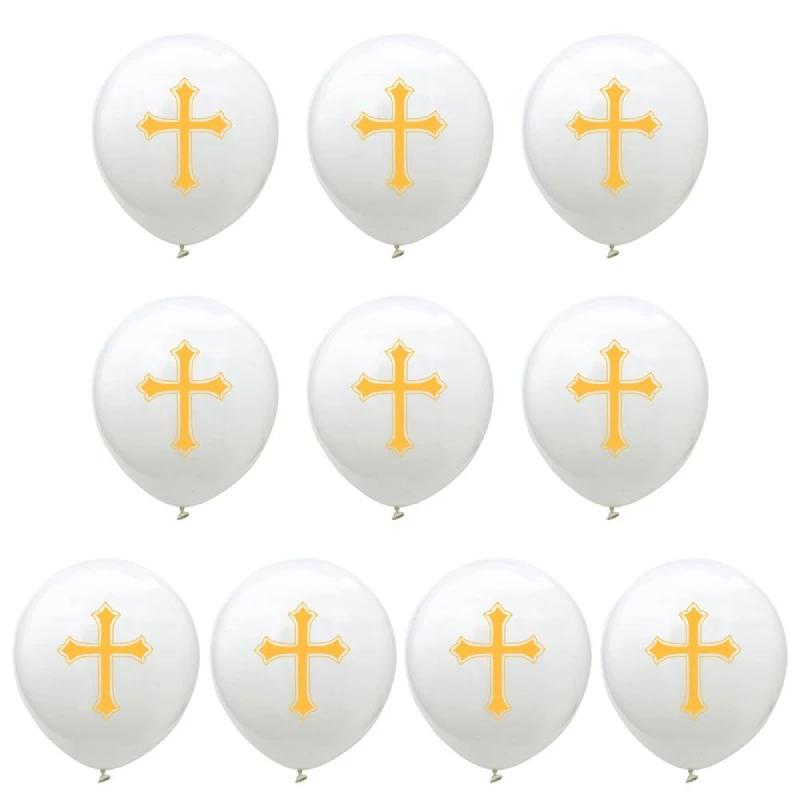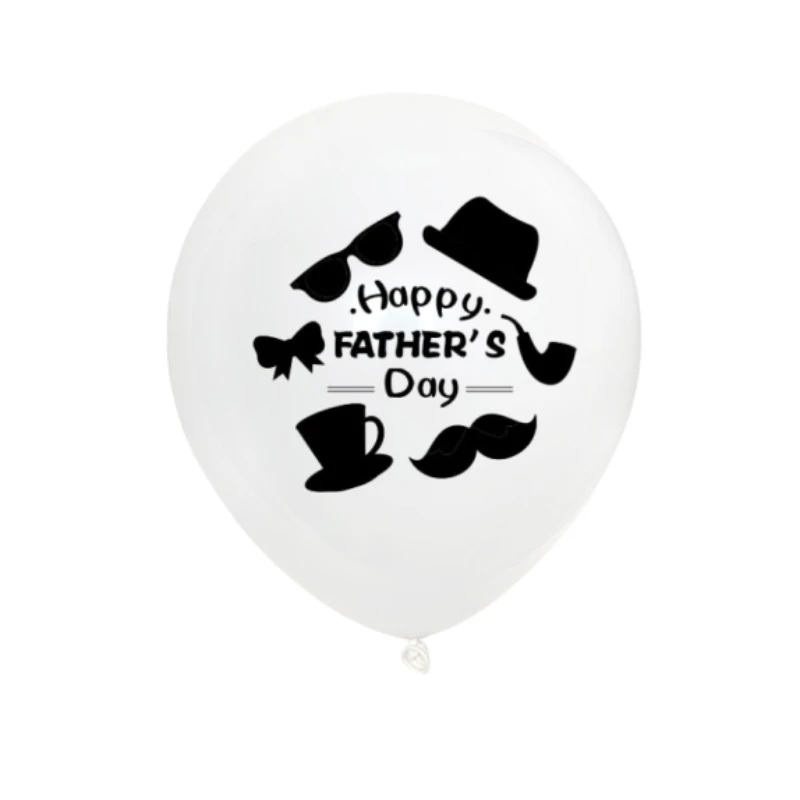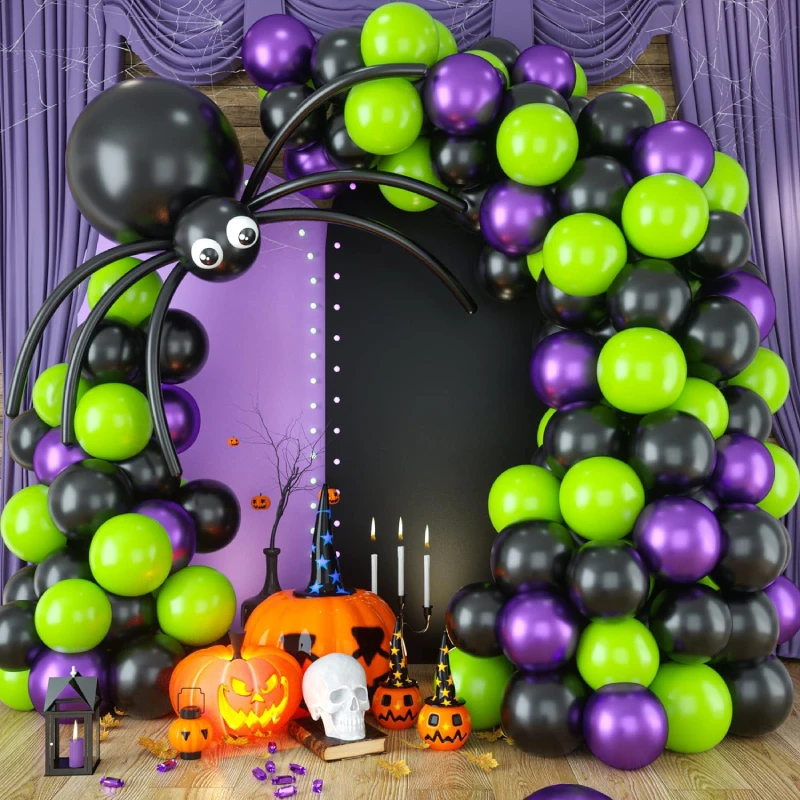Jan . 14, 2025 12:39
Back to list
plain red helium balloons
Many people planning events or celebrations wonder whether it's possible to fill rubber balloons with helium and, if so, how effective and safe this option is. Helium-filled balloons remain a popular choice due to their ability to float, creating an impressive visual effect. Here’s a comprehensive guide based on real experience and expertise in balloon arrangements to help you make informed decisions.
Safety when inflating balloons with helium cannot be overemphasized. While helium is non-toxic, it is essential to use proper equipment, such as a helium tank with suitable nozzles, to avoid accidents. Additionally, the inflating process should be conducted in a well-ventilated area to prevent any accidental inhalation, which can lead to dizziness or suffocation due to oxygen displacement. Professional event planners often recommend using helium-filled balloons to create visually striking installations, such as balloon arches or bouquets that captivate attendees' attention. The artistry involved in crafting these features not only requires understanding helium's properties but also mastering placement techniques that factor in air currents to keep arrangements stable and aesthetically pleasing. Moreover, sustainability is a growing concern in the use of helium balloons. Helium is a finite resource, and its scarcity has implications for industries relying heavily on it. Therefore, eco-conscious planners are turning to environmentally friendly alternatives, such as air-filled balloon displays or reusable balloon materials, without sacrificing visual impact. In conclusion, filling rubber balloons with helium is a viable and often preferred choice for many celebratory events due to its capacity to create a magical floating effect. By employing strategic measures like adding a float extender and practicing safe inflation techniques, you can maximize their effectiveness and ensure safety. Additionally, awareness of environmental considerations aligns your event planning with sustainable practices, further enhancing its ethical appeal.
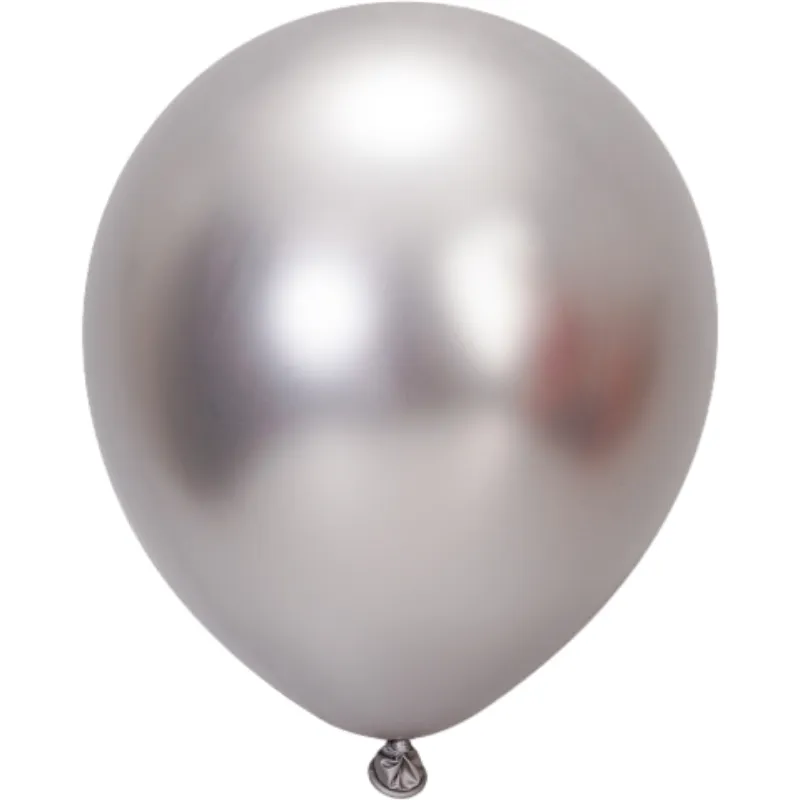

Safety when inflating balloons with helium cannot be overemphasized. While helium is non-toxic, it is essential to use proper equipment, such as a helium tank with suitable nozzles, to avoid accidents. Additionally, the inflating process should be conducted in a well-ventilated area to prevent any accidental inhalation, which can lead to dizziness or suffocation due to oxygen displacement. Professional event planners often recommend using helium-filled balloons to create visually striking installations, such as balloon arches or bouquets that captivate attendees' attention. The artistry involved in crafting these features not only requires understanding helium's properties but also mastering placement techniques that factor in air currents to keep arrangements stable and aesthetically pleasing. Moreover, sustainability is a growing concern in the use of helium balloons. Helium is a finite resource, and its scarcity has implications for industries relying heavily on it. Therefore, eco-conscious planners are turning to environmentally friendly alternatives, such as air-filled balloon displays or reusable balloon materials, without sacrificing visual impact. In conclusion, filling rubber balloons with helium is a viable and often preferred choice for many celebratory events due to its capacity to create a magical floating effect. By employing strategic measures like adding a float extender and practicing safe inflation techniques, you can maximize their effectiveness and ensure safety. Additionally, awareness of environmental considerations aligns your event planning with sustainable practices, further enhancing its ethical appeal.
Prev:
Latest News
-
Valentine’s Day Balloon ExtravaganzaNewsJun.27,2025
-
Polka Dot Balloons for Every OccasionNewsJun.27,2025
-
New Year Balloon CelebrationsNewsJun.27,2025
-
Exciting Gender Reveal Balloon Ideas for Your Big MomentNewsJun.27,2025
-
Celebrating Dad with Unique Balloon SurprisesNewsJun.27,2025
-
Balloon Themes for Every CelebrationNewsJun.27,2025
-
Unique Decorative Pastel BalloonsNewsJun.26,2025
Related Products
Welcome To
Tell Us Your Needs
Welcome friends and customers at home and abroad to cooperate sincerely and create brilliance together!
-
 Service Emailhu@festivalballoon.com
Service Emailhu@festivalballoon.com -
 Service Phone+86 18831270668
Service Phone+86 18831270668
 Consult now
Consult now





